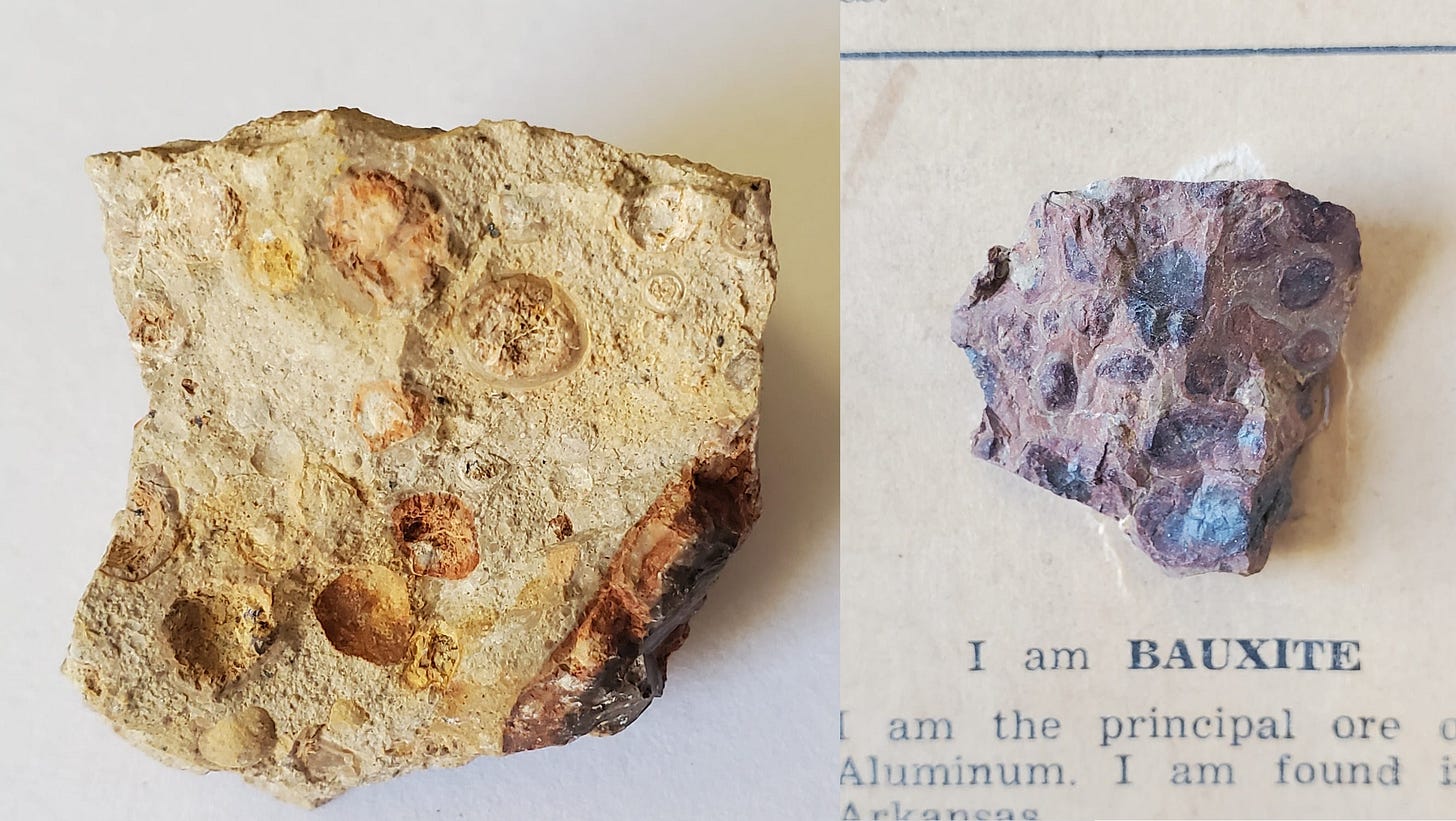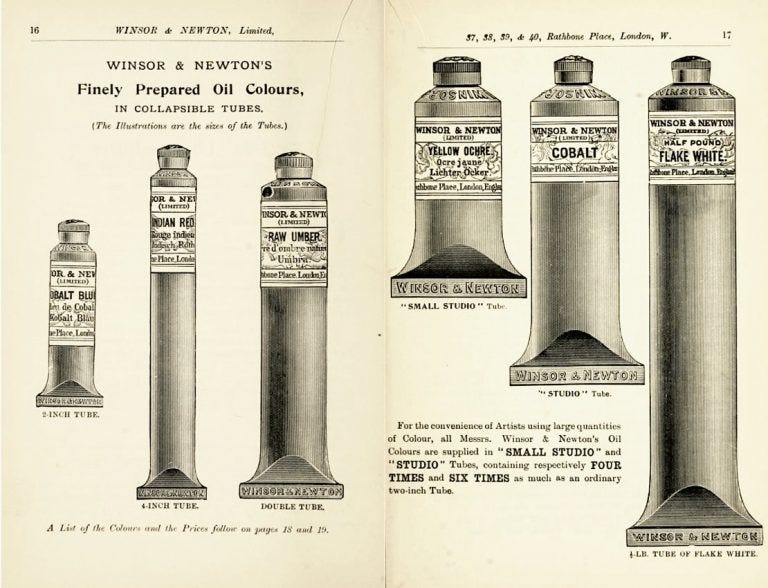Toothpaste tubes
Challenging to recycle
It’s What Things Are Made Of Wednesday.
I appreciate the concern of some folks for throw-away plastic straws, and for our rapacious appetite for plastic in general. It’s a problem, but if you want to make a dent in oil consumption, you and a few tens of millions of your friends should drive less and not worry about straws. Only about 2.5% of a barrel of oil is used to make plastics, and a lot of plastic, such as that used in grocery bags, actually comes from natural gas. 65% to 70% of oil consumption in the US is in the transportation sector. Plastic brings its own problems, and I’m not trying to down-play them, but significantly impacting the volume of oil consumed isn’t one of them.
That said, let’s talk about what toothpaste tubes are made of. Most of them these days are composite laminates including multiple kinds of plastics plus aluminum. Their interlaminated nature makes them really difficult to recycle, even if people tried. An estimated 400 million tubes are discarded in the US each year, part of 1,500,000,000 worldwide. My tube here, torn to show the aluminum, is about 8 inches long. For convenience, let’s say the average tube is 6 inches, half a foot. End to end, those 1.5 billion discards a year equal 750,000,000 feet, or 142,000 miles (229,000 km), meaning that’s enough toothpaste tubes to circle the earth at the equator almost six times every year. Toothpaste is a $3-billion-a-year industry in the US.
The aluminum in toothpaste tubes is laminated with polyethylene, which is made mostly from natural gas as well as from some products of oil refining. In addition to the outer layer of plastic, there’s also an inner, transparent layer that coats the aluminum and keeps it separate from the toothpaste itself. The aluminum ultimately came from someplace other than the US, since we are nearly 100% dependent on imports for bauxite, the only significant ore of aluminum. Small amounts of bauxite for non-metallurgical applications including abrasives, refractories, ceramics, and chemicals, are mined in Alabama, Arkansas, and Georgia.
The US imports bauxite mostly from Jamaica (64% of imports), Turkey, and Guyana, but recycling of discarded aluminum products does provide about 38% of US aluminum production annually. This previous post covered the complex global flows of aluminum ore and metal.
Aluminum is what gives toothpaste tubes their collapsibility. The not-quite-empty tube in my photo weighs about 0.6 oz, and I’m arbitrarily saying about a third of that is the aluminum. The 1.5 billion discards a year add up to about 10,000 tons of aluminum, which is only about 0.2% of the United States’ annual aluminum consumption (about 5 million tons a year), but about 22% of all US aluminum use goes to packaging of all sorts. The transportation sector (cars, trucks, aircraft, etc.) is the greatest consumer of aluminum in the US, at about 35% of the total.
The plastic layers in toothpaste tubes are of several different types, often including an ethylene vinyl alcohol polymer and more polyethylene. There’s also ink on the tube, a more rigid plastic in the cap, and the cardboard box the tube comes in (and the ink and glue there) to consider when you look at ALL the things these tubes are made of, the vast majority of which ends up in landfills (or, in less pleasant scenarios, in streams and the ocean).
Toothpaste tubes were invented in 1889, although squeezable metal tubes for artists’ paints were around since the 1840s. While we may be unhappy at the volume of difficult-to-recycle toothpaste tubes out there, you can perhaps take some solace in the fact that they are no longer made of lead, as they were in the 1890s.
The other good news is that after years of effort, Colgate-Palmolive began to market a potentially recyclable tube beginning in 2022. It’s still plastic, but as a single material (No. 2 HDPE, high-density polyethylene) it avoids the complications of separating laminated components. However, a 2023 lawsuit alleging misleading advertising and knowledge by the company that most recyclers would not accept the tubes (because of concerns about mixing in non-recyclable tubes) is still ongoing.
Sustainable and more environmentally friendly toothpaste tablets have been on the market for several years, but as near as I can tell none are yet approved by the American Dental Association. Make your own evaluations and decisions.





Cool!